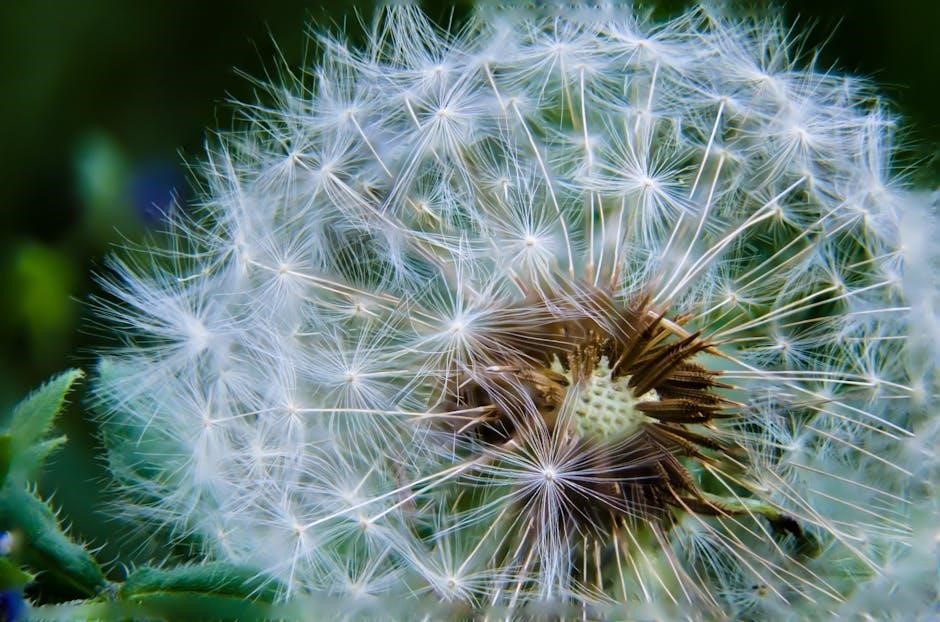The Mustard Seed Garden Manual of Painting, or Jieziyuan Huazhuan, is a seminal work in Chinese art education.
First published in 1679 during the Qing dynasty, it systematically introduces fundamental techniques, materials, and aesthetic principles.
Commissioned by Shen Xinyou and edited by Wang Gai, it became a cornerstone for artists like Qi Baishi, blending tradition with practical guidance.
1.1 Historical Background and Publication
The Mustard Seed Garden Manual of Painting was first published in 1679 during the Qing dynasty, commissioned by Shen Xinyou and edited by Wang Gai.
It was engraved and printed in Nanjing, with subsequent editions released in 1701 and later periods, becoming a foundational text for Chinese painting.
Originally titled Jieziyuan Huazhuan, it was designed as a systematic guide for artists, blending traditional techniques with practical instruction.
Its publication marked a significant milestone in Chinese art education, offering a comprehensive approach to painting that remains influential today.
1.2 Purpose and Significance in Chinese Art
The Mustard Seed Garden Manual of Painting serves as a foundational guide for Chinese painting, offering systematic instruction on techniques, materials, and aesthetic principles.
Its significance lies in its role as a comprehensive resource for artists, preserving traditional methods while fostering creativity and understanding of Chinese artistic philosophy.
It remains a vital text, influencing generations of painters and embodying the essence of Chinese art education and cultural heritage.
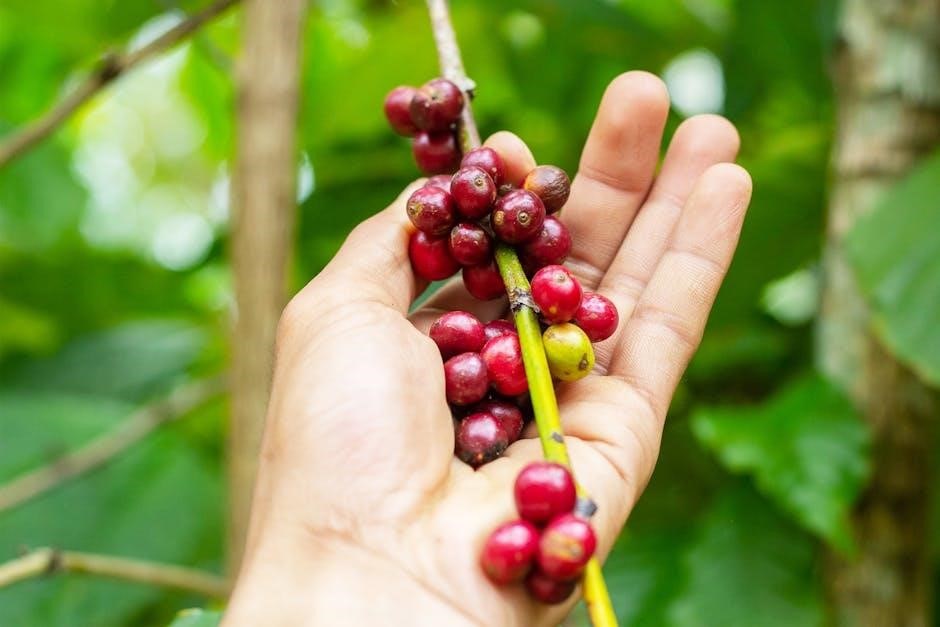
Structure and Content of the Manual
The manual is divided into multiple volumes, covering essential painting techniques, tree and rock depictions, and figure drawing, providing a systematic guide for artists.
2.1 Overview of Volumes and Sections
The manual is organized into multiple volumes, each focusing on specific aspects of Chinese painting. The first volume introduces fundamental principles, while subsequent volumes cover detailed techniques for depicting trees, rocks, and figures. This structured approach ensures a comprehensive learning experience, making it a valuable resource for both beginners and advanced artists. The sections are designed to build skill progressively, emphasizing both theory and practice.
2.2 Key Topics Covered
The manual delves into essential techniques like brushwork, ink washes, and color application. It provides detailed guidance on painting landscapes, including trees, rocks, and water. Additionally, it covers figure painting and the reproduction of classical works. Practical instructions on material preparation and pigment usage are also included, ensuring a well-rounded education in traditional Chinese painting methods and aesthetics.

Key Painting Techniques Explored
The manual explores brushwork, ink washes, and color techniques. It emphasizes composition, balance, and capturing the essence of subjects through precise, expressive strokes.
3;1 Brushwork and Stroke Techniques
The manual emphasizes the importance of brushwork as the foundation of Chinese painting. It details various strokes, such as outline, texture, and shading, to capture the essence of subjects. The techniques are demonstrated through exercises, focusing on precision and fluidity. Mastery of brush control is stressed, enabling artists to convey depth, movement, and emotion. This section provides a comprehensive guide to achieving expressive and harmonious results in traditional Chinese painting.
3.2 Composition and Layout Principles
The manual outlines essential principles for harmonious composition, emphasizing balance, rhythm, and the dynamic placement of elements. It teaches artists to create visually appealing arrangements by guiding the viewer’s eye through the painting. The use of negative space is stressed to enhance openness and depth. These principles ensure paintings reflect the natural world’s beauty and spiritual essence, avoiding monotony while promoting growth and movement in the artwork.
3.3 Use of Ink Washes and Color
The manual details the mastery of ink washes to create depth and texture, with layered tones adding complexity to compositions; It emphasizes the strategic use of color to enhance vitality and harmony, guiding artists on pigment preparation and application. Natural pigments, derived from minerals and plants, are highlighted for their enduring vibrancy and expressive qualities in traditional Chinese painting techniques.
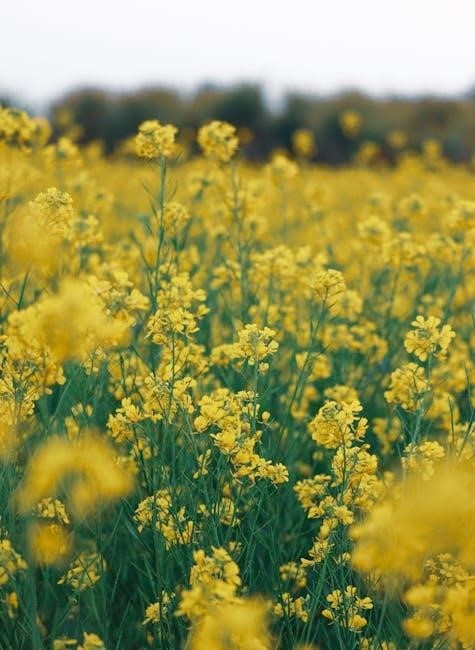
Influence on Later Chinese Painters
The Mustard Seed Garden Manual profoundly influenced renowned artists like Qi Baishi, shaping later Chinese painting styles with its timeless techniques and principles.
4.1 Notable Artists Influenced by the Manual
The Mustard Seed Garden Manual significantly influenced prominent artists such as Qi Baishi, who began his training with the manual. Its systematic approach and techniques shaped the style of many later Chinese painters, offering foundational guidance that bridged tradition and innovation in their work.
4.2 Evolution of Techniques Over Time
Over centuries, the manual’s techniques evolved as later artists incorporated new styles while maintaining its traditional foundation. The 1679 original and subsequent editions inspired adaptability, blending classical methods with modern interpretations. Its influence extended into the 20th century, with artists integrating Western elements while preserving the manual’s core principles, ensuring its enduring relevance in Chinese art education and practice.
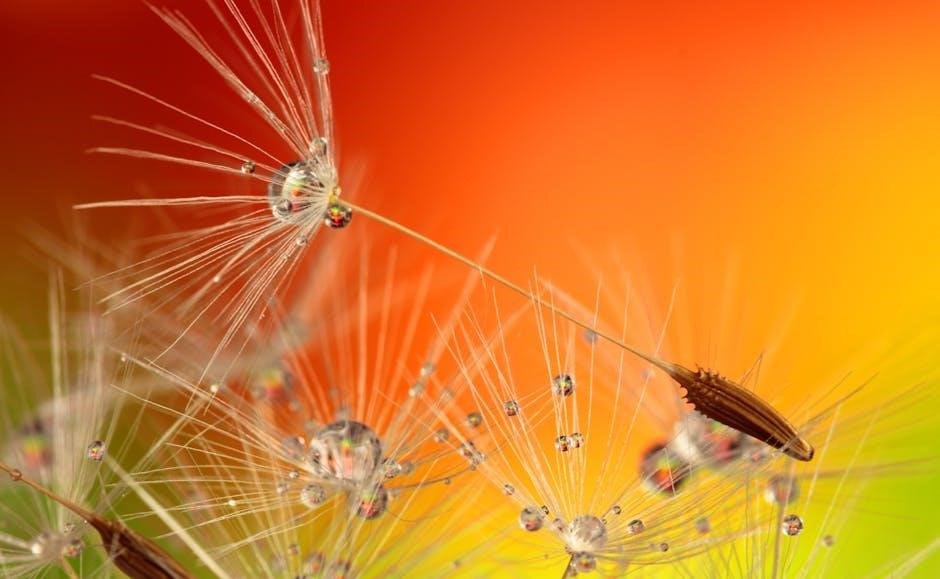
Material Preparation Methods
The manual details traditional materials like ink, brushes, and pigments, emphasizing their proper preparation for optimal painting results and durability of artworks created.
5.1 Traditional Materials and Tools
The manual emphasizes the use of natural materials like ink made from soot, brushes crafted from animal hair, and high-quality paper. Tools such as inkstones and seal pads are highlighted, with detailed instructions on their selection and care. These traditional tools are essential for achieving the expressive brushwork and delicate textures characteristic of Chinese painting, ensuring both craftsmanship and durability in the artwork.
5.2 Pigment Preparation and Usage
The manual details the preparation of pigments from natural sources, such as soot for ink and minerals for colors like vermilion and malachite. It emphasizes grinding and mixing techniques to achieve desired hues. Water plays a crucial role in diluting ink and balancing color intensity. The text also explores the application of pigments to create harmony and depth in paintings, reflecting traditional Chinese aesthetic principles.
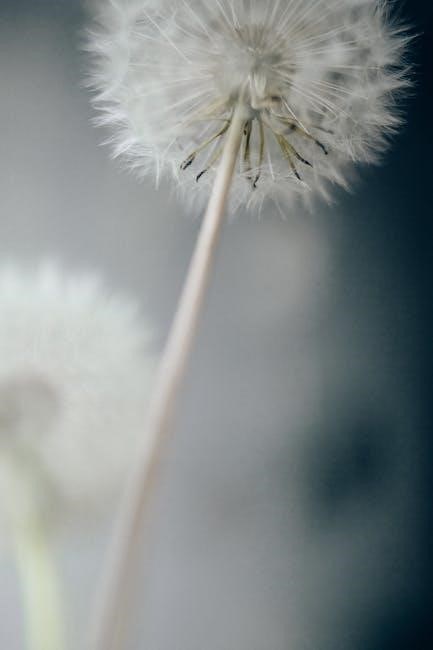
Historical Significance in Art Education
The Mustard Seed Garden Manual is a cornerstone in Chinese art education, offering a systematic guide to painting techniques, materials, and aesthetics that shaped generations of artists.
6.1 Role in Chinese Art Education
The Mustard Seed Garden Manual played a pivotal role in Chinese art education by providing a structured curriculum for mastering traditional painting techniques, emphasizing fundamental principles, and serving as a foundational textbook for emerging artists. Its systematic approach ensured the preservation and transmission of classical methods, influencing generations of painters and maintaining the integrity of Chinese artistic traditions.
6.2 Impact on Artistic Movements
The Mustard Seed Garden Manual profoundly influenced Chinese artistic movements by standardizing painting techniques and inspiring later artists to innovate while adhering to traditional principles. Its detailed guidance on composition, brushwork, and ink usage shaped the evolution of landscape and figure painting, fostering a balance between classical methods and creative expression that endured for centuries.
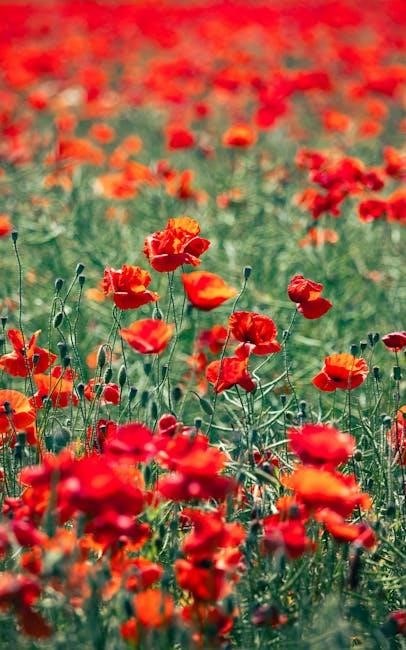
Modern Relevance and Application
The Mustard Seed Garden Manual remains a vital resource for contemporary artists, offering timeless techniques and principles adaptable to modern artistic practices and cross-cultural influences.
7.1 Contemporary Artists Using the Manual
Contemporary artists worldwide draw inspiration from the Mustard Seed Garden Manual, integrating its techniques into modern works while blending traditional methods with innovative styles.
Its principles of composition and brushwork continue to influence both Chinese and international artists, fostering a bridge between classical and contemporary artistic expressions.
7.2 Integration with Modern Techniques
The Mustard Seed Garden Manual’s timeless principles are being fused with contemporary artistic practices, such as digital painting tools and mixed media.
Modern artists adapt its traditional techniques to explore new creative possibilities, blending classical Chinese aesthetics with global influences, ensuring its relevance in today’s diverse artistic landscape.
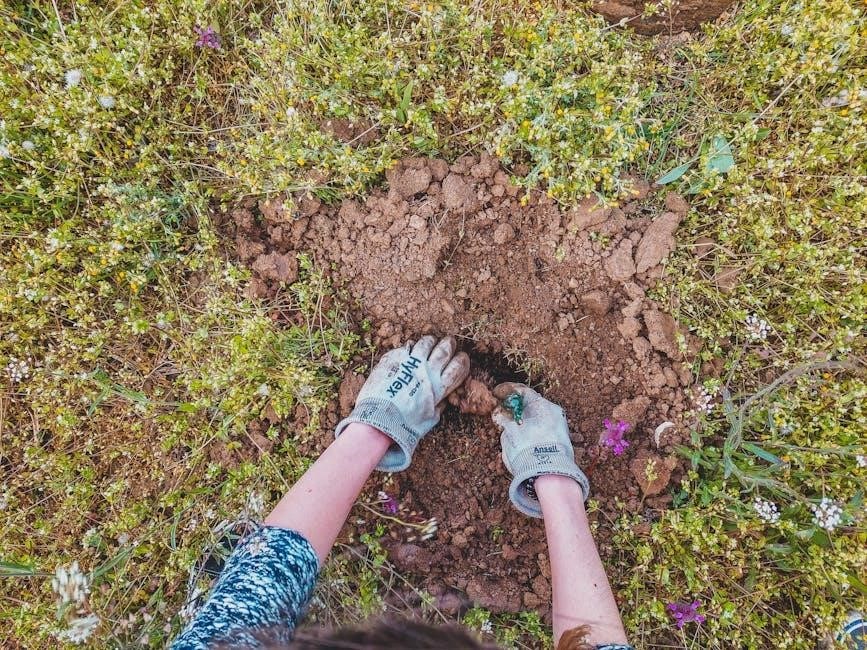
Translations and Accessibility
The Mustard Seed Garden Manual has been translated into English by Mai-Mai Sze, enhancing its global accessibility and influence on international artists and scholars.
8.1 English Translations and Editions
The Mustard Seed Garden Manual was first translated into English by Mai-Mai Sze, offering insights into Chinese painting techniques and principles. This translation, part of The Tao of Painting, includes detailed instructions, discussions on fundamentals, and notes on color preparation. Multiple editions have been published, ensuring its accessibility to global audiences and preserving its influence on modern artists and scholars.
8.2 Global Reach and Accessibility
The manual’s global influence expanded through translations and digital platforms, making it accessible worldwide. Its systematic approach to Chinese painting has inspired international artists, fostering cross-cultural appreciation. Institutions like the Smithsonian and global editions have further amplified its reach, ensuring its relevance in modern artistic education and practice across diverse cultural contexts.
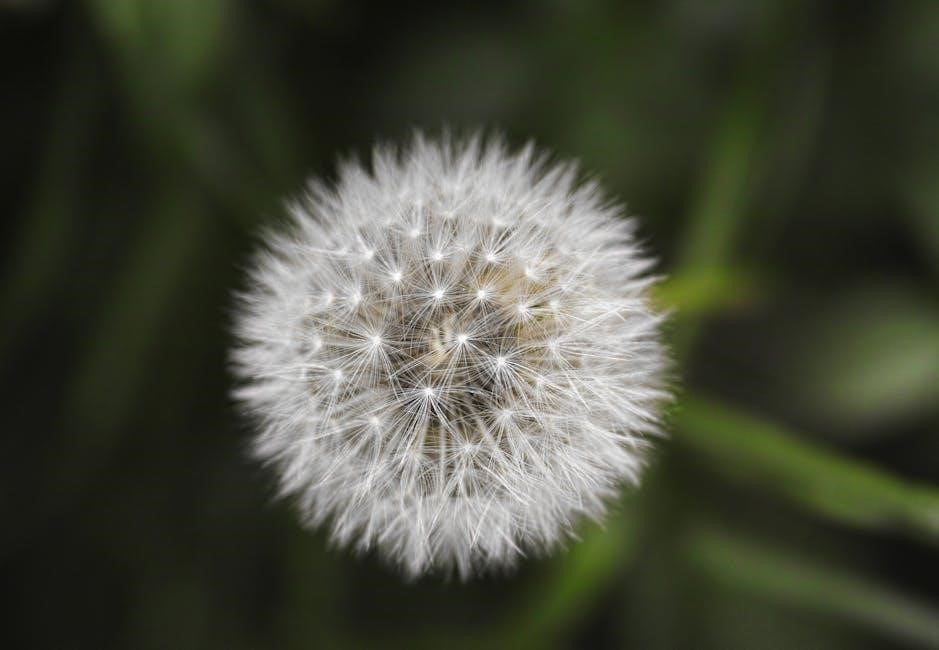
Case Study: Qi Baishi’s Use of the Manual
Qi Baishi, a renowned Chinese painter, began his artistic journey studying the Mustard Seed Garden Manual. Its systematic approach shaped his foundational skills and techniques.
The manual’s principles influenced his work, blending traditional methods with personal expression, exemplifying its enduring impact on Chinese painting and individual artistic development.
9.1 Qi Baishi’s Early Training with the Manual
Qi Baishi’s early artistic training deeply rooted in the Mustard Seed Garden Manual, which provided him with systematic guidance on brushwork, composition, and ink techniques.
The manual’s structured approach helped him master fundamental skills, laying the groundwork for his unique style and artistic identity.
Its emphasis on traditional methods and aesthetic principles shaped his understanding of Chinese painting, fostering a strong connection to classical techniques.
9.2 Incorporation of Techniques in His Work
Qi Baishi seamlessly integrated techniques from the Mustard Seed Garden Manual into his art, emphasizing precise brushwork and ink washes.
His paintings reflected the manual’s principles of composition, balance, and harmony, blending traditional methods with personal expression.
By mastering these techniques, Qi Baishi created distinctive works that honored classical traditions while showcasing his innovative and timeless artistic vision.
Underlying Artistic Principles
The manual emphasizes balance, harmony, and the connection between nature and art, reflecting philosophical foundations that prioritize simplicity and the essence of subjects.
10.1 Philosophical Foundations
The manual is rooted in Daoist and Confucian principles, emphasizing harmony with nature and the balance of yin and yang. It advocates for the artist to embody the spirit of the subject, capturing essence over form. This philosophy guides the painter to connect with the natural world, reflecting the unity of artistic expression and universal order.
10.2 Aesthetic Values in Chinese Painting
The manual emphasizes simplicity, harmony, and the capture of essence over detail. It advocates for brushwork that conveys energy and life, reflecting the spirit of the subject. Aesthetic values include balance, rhythm, and the subtle use of ink washes to evoke mood. These principles guide painters to create works that resonate with the natural world and embody the profound yet restrained beauty of Chinese art.
The Mustard Seed Garden Manual of Painting is a cornerstone of Chinese art, offering timeless techniques and inspiring generations of artists with its profound legacy.
11.1 Summary of the Manual’s Importance
The Mustard Seed Garden Manual of Painting is a foundational text preserving traditional Chinese painting techniques and aesthetic principles. It has guided artists like Qi Baishi, ensuring timeless relevance. Its structured approach to brushwork, composition, and ink usage remains invaluable. Translated into English, it continues to inspire globally, bridging past and present artistic practices with enduring influence.
11.2 Final Thoughts on Its Legacy
The Mustard Seed Garden Manual of Painting stands as a timeless bridge between tradition and modernity, shaping Chinese art for centuries. Its meticulous guidance on techniques and principles has inspired countless artists, ensuring the preservation of classical methods; Translated into English, it continues to influence global artistic practices, solidifying its legacy as an indispensable resource for both scholars and practitioners of Chinese painting.

